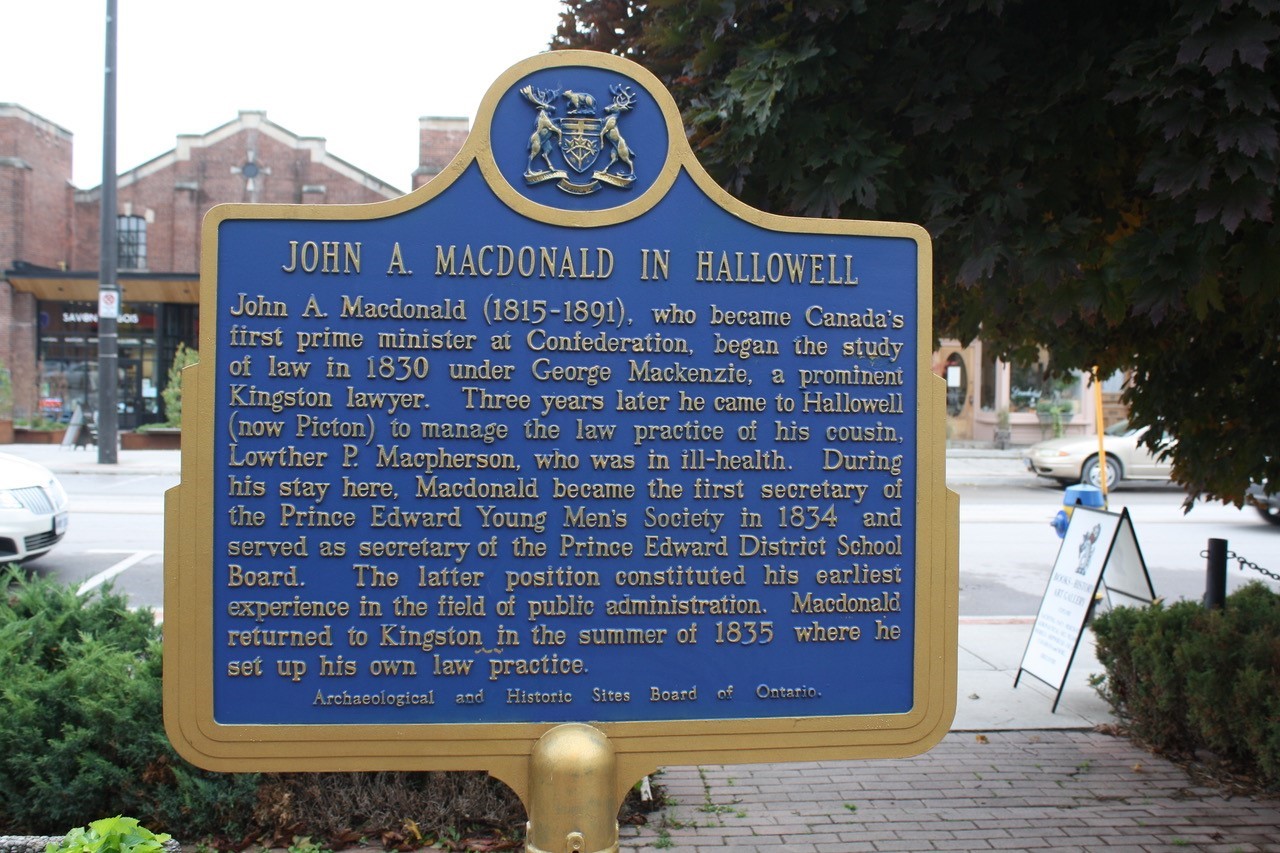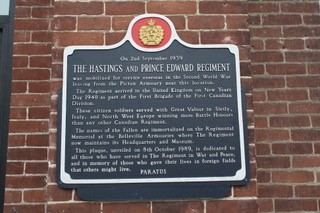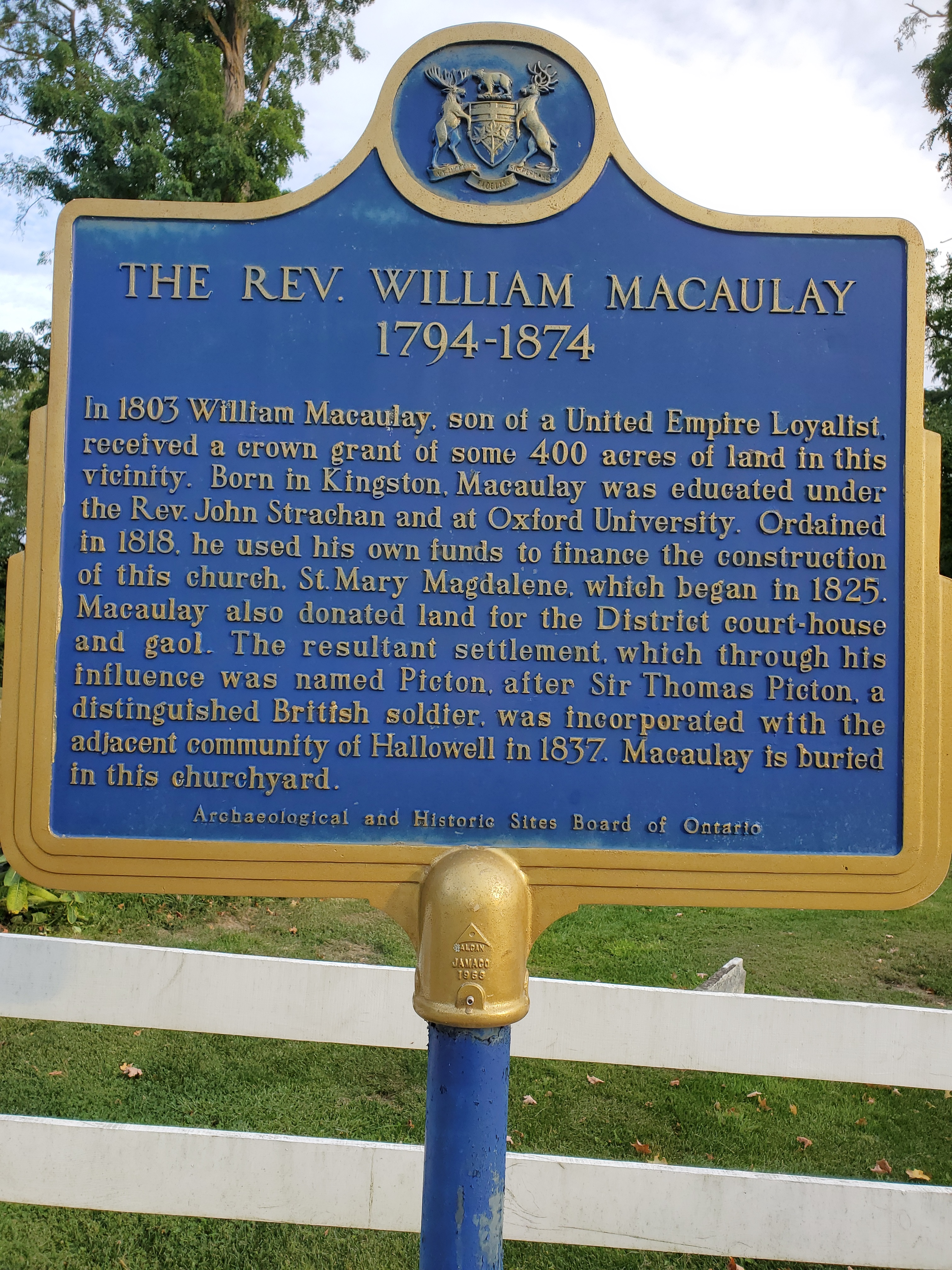Click the pins on the map below to discover the plaques in your local area and beyond. Discover the history of your own community!
| Home / Directory / Wards / Ward 1 - Picton |
|
|
|
Ward 1 - PictonJohn. A. Macdonald (1815 - 1891)John. A. Macdonald, who became Canada’s first prime minister at Confederation, began the study of law in 1830 under George Mackenzie, a prominent Kingston lawyer. Three years later he came to Hallowell (now Picton) to manage the law practice of his cousin, Lowther P. Macpherson, who was in ill-health. During his stay here, Macdonald became the first secretary of the Prince Edward Young Men’s Society in 1834 and served as secretary of the Prince Edward District School Board. The latter position constituted his earliest experience in the field of public administration. Macdonald returned to Kingston in the summer of 1835 where he set up his own law practice.
|


